Packaging design has not always been a strategic tool used by marketers to steer consumers to their products. Before the 1950s, a product’s overall design aesthetic was not even considered by businesses. Instead, packages were created to protect products during deliveries.
Obviously, businesses have adapted, and with impulse buying comprising roughly 75% of consumer spending, marketers must find creative ways to lure a consumer to purchase their products instead of competitors. The best way to do that is with their products packaging.
With this in mind, we have narrowed the power of package design to these 4 critical factors:
- Color: Are you aware that the simple use of one color over another can cause people to react differently? Due to this, marketers have turned to physiological testing to track particular patterns. Color is considered the number one factor in consumer purchasing decisions. Certain colors can send subliminal messages to consumers. Add this to the proven fact that most people act similarly to some colors, marketers are left with a distinct advantage when attempting to promote and sell their product to you. Color trends and constant change in consumer taste causes a 2-½ -year packaging lifetime cycle. Who knew color could be such a powerful persuader? (Well, we did!).
- Overall Design Aesthetics: Today’s consumers are presented with an overload of options when shopping. Consequently, a supermarket has more than 20,000 products; all competing for your attention. While the desire for buying one product over another may be influenced by outside influences (advertising, commercials, coupons, etc.), packaging is certainly the final focal point in retail marketing. It’s clear that package designs’ impact is critical.
Take energy drinks, for example: the energy drink category has been dominated by Red Bull and Monster. Despite Coca-Cola and Pepsi’s strong attempts to gain market share by advertising their energy drinks (Nos and Amp), they have been unsuccessful due to poor package design and consumer’s inability to relate to the product. By contrast, Sparkling ICE. with limited support, has increased its market value in sparkling water by unseating market leaders. Can you guess how? Audits found that a strong package design helped elevate brand. Advertising spend and strong distribution aren’t enough to win on shelf. To compete against category leaders, new brands need to invest in creative relevant package design.
- Audience: Design helps brands connect with new consumers and tell their brand’s stories. Brands promote their product and convey a company’s characteristics to an intended audience. Every package design has only a split second to visually convey its personality, purpose and promise. You’d better get it right.
For example, Red Bull and Monster lead the energy drink category in sales by targeting the “macho man” types, but Starbucks’ Double Shot brand has gained ground by using package design to attract consumers who seek a less macho brand quality. Starbucks’ designs focus more on portraying a “healthy,” “safe” and “down-to-earth” message, thus are more appealing to women by a two-to-one ratio. With categories getting more crowded, design can help brands successfully distinguish and appeal to varying consumer groups.
- Brand: Designers can help to corner a market by creating their own niche. For example, Kraft’s MiO created the liquid water enhancer, which currently leads the market. Other company’s attempt to integrate their influence in the new markets have also been successful. For example, Coca-Cola’s new Minute Maid and Dasani water enhancers are preferred by about 1/4 of consumers, representing a significant competition to Kraft’s MiO. Their package design scored the highest with consumers on brand equity, outperforming MiO in every trait, including “flavorful” and “natural.” As the water enhancer category matures, consumers will become more educated and will hunt for brands that offer qualities they find to be important. The package design that communicate these brand qualities better will always win.
In addition, private labels must work harder for their design to attract consumers. For example, Walmart’s Great Value brands has been unsuccessful at competing with national competitors because of its inability to attract a consumer’s attention on shelf. In Walmart’s case, there was one exception to their failures. Their Clear America brand has proven to be successful due to its capacity to brand itself in a manner that made consumers see the product as “refreshing” or “classic.” Walmart has shown us that when a store brand breaks from the norm and follows a more upmarket design strategy, it becomes possible to convince consumers to change their brand loyalties.
Do you have a product you are considering package design for or refreshing an existing package design? We are award-winning experts in designing packaging that sells. Take a look at some of our package designs and give us a call with your next package design project!



